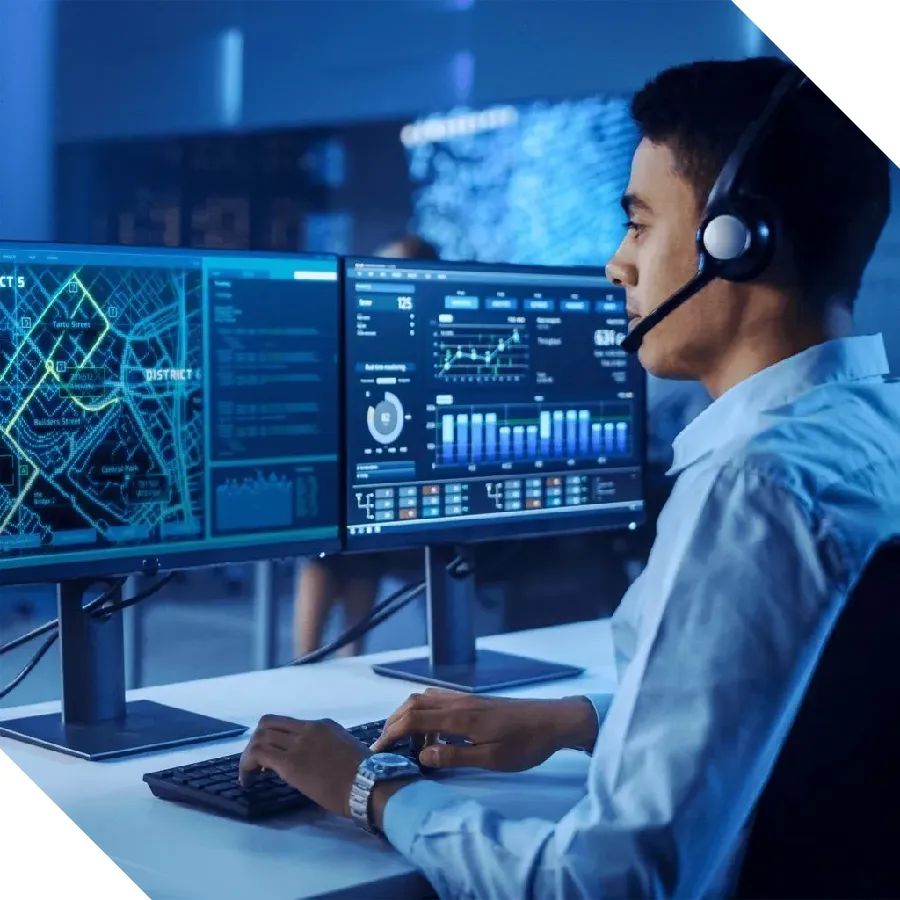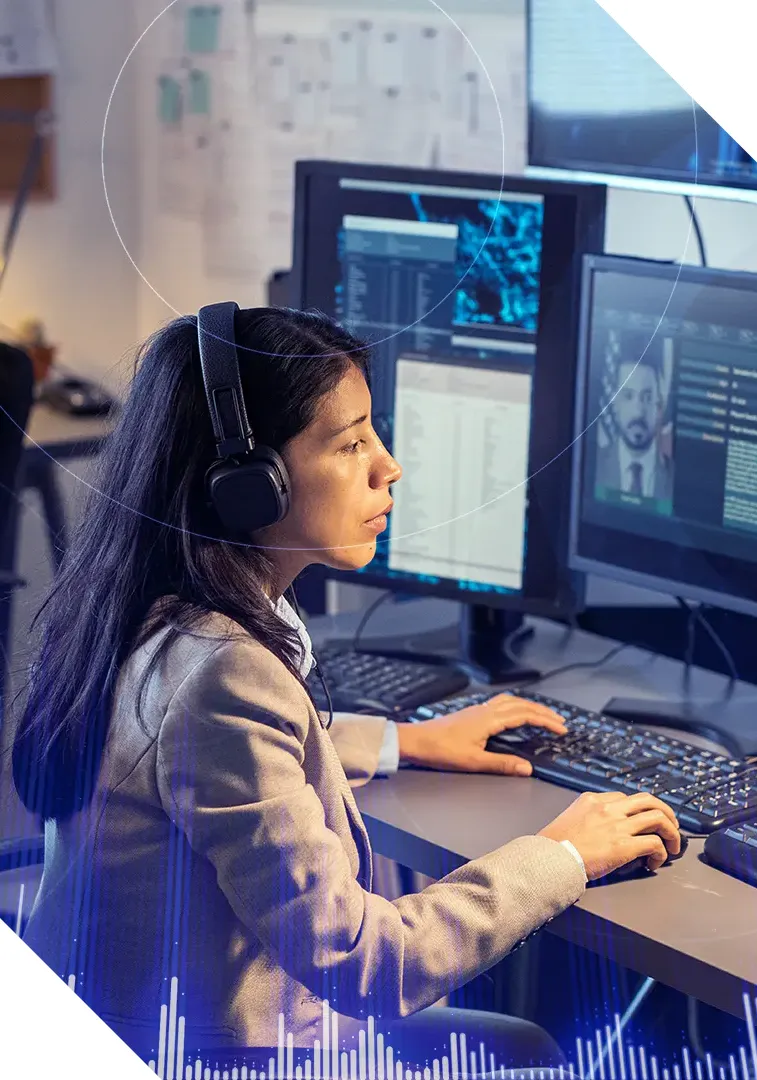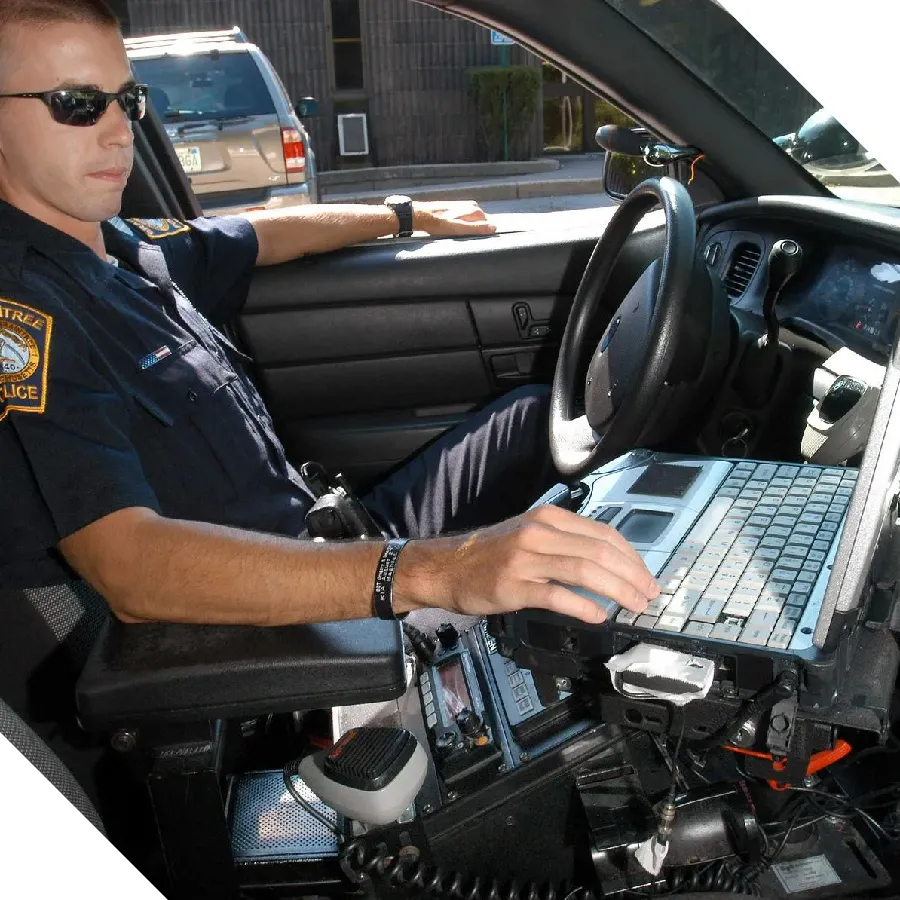In this day and age of digital communications, Lawful interception (also called LI) is an overarching term for both the technology that allows for intercepting communications, as for the deed itself, listening in to conversations between two parties. The term “lawful” being the key one here.
A bit of history
A couple of decades ago, switched networks were all we had, so interception had to be done on site, directly connecting some cables to the lines that were object to the wiretapping. Either at the objective’s end, or at the switching board/central. But since all communication have gone digital and “fly around” the cables in the form of digital packets of information, the way calls or other types of communications are intercepted has changed substantially. Now, just knowing the endpoints (mostly IPs) of the call, it is relatively easy to intercept the corresponding packets and reconstruct what both parties are saying through the gateway the operator provides. In Europe, implementing the means for lawful interception is required by the European Council Resolution from 1995 which allows for lawful interception systems to prevent crime, including fraud and terrorism.
Most countries have laws in place so that their telecommunications companies have to have the possibility to wiretap individual citizen, as long as there is a court order or some other legal document authorizing the operation. For this, the telecommunication operators provide gateways that have been standardized by different organizations as, for example, ETSI (European Telecommunications Standards Institute). And this means that equipment manufacturers are also involved in this.

Why LI?

Lawful interception is a very important tool for law enforcement agencies (LEAs) and other government agencies all over the world for investigating and prosecuting criminal activities and terrorist operations.
As we have already mentioned, there is a certain amount of standardization promoted by ETSI, in order to allow different countries to use compatible technologies and gateways, in case it is necessary for international operations. Besides LI, there is also LD (lawful disclosure). This means that not all the data that has been gathered may be used. Or, even more complicated, transmitted to another country. For this to happen, both countries must have a prior agreement signed for cross-border data exchange in criminal matters. Finally, there is the concept of RD (retained data) which defines what data can be stored and for how long. As you can see, LI is a heavily regulated affair in order to provide a secure framework to not allow an illegitimate use of the interception facilities or gateways.
Encryption
Obviously, as in all technology races, the “bad guys” also learn and try to keep their activities hidden from the authorities. But even without considering malicious or criminal actors, data privacy concerns have moved more and more communications systems to end-to-end encryption. And this leaves Law Enforcement Agencies in the dark as to what the contents of a certain communication are. However, there are ways of circumventing this. First of all is the technical information about the parties communicating, as well as the metadata that the information stream carries, which can also give many clues about the involved parties.
And, finally, there are certain techniques that Law Enforcement can use to get to the messages or voice communications, using one or several workarounds. These are, obviously secret, but in some reports there is talk about that around 100% of communications can be “opened” successfully, to know the contents, despite using encryption. The adoption of 5G in the near future will complicate things further, as this technology has security integrated by design. So LEAs will have to overcome the hurdles in order to keep up their work in an efficient way.
Lawful Interception Software
In today’s day and age, it obviously makes no sense to have a police officer listening to recordings for hours on end. Hence, the need exists for automating this process. Lawful interception analysis software, like our Intelion, uses AI to analyze hundreds or thousands of hours of video and audio recordings, and has the ability to transcribe them into text (so you can do a simple search to find certain words) applying Speaker ID (identifiying who is talking) or wordspotting (locating specific words or names in a conversation). Its integrated and programmable alarm system can alert the appropriate officers when a certain detection happens, so there is no time wasted looking through endless files, and the officer can use his time efficiently.
Besides this, Intelion is able to work on multiple communication channels at the same time, which allows investigating several people at once, or the same person on multiple communication devices. It also allows, provided the corresponding court order, to analyze the communications of the suspect’s immediate circle and contacts. All of this is done automatically in 24/7 and only when something notable occurs, and officer or detective is alerted on their phone.

